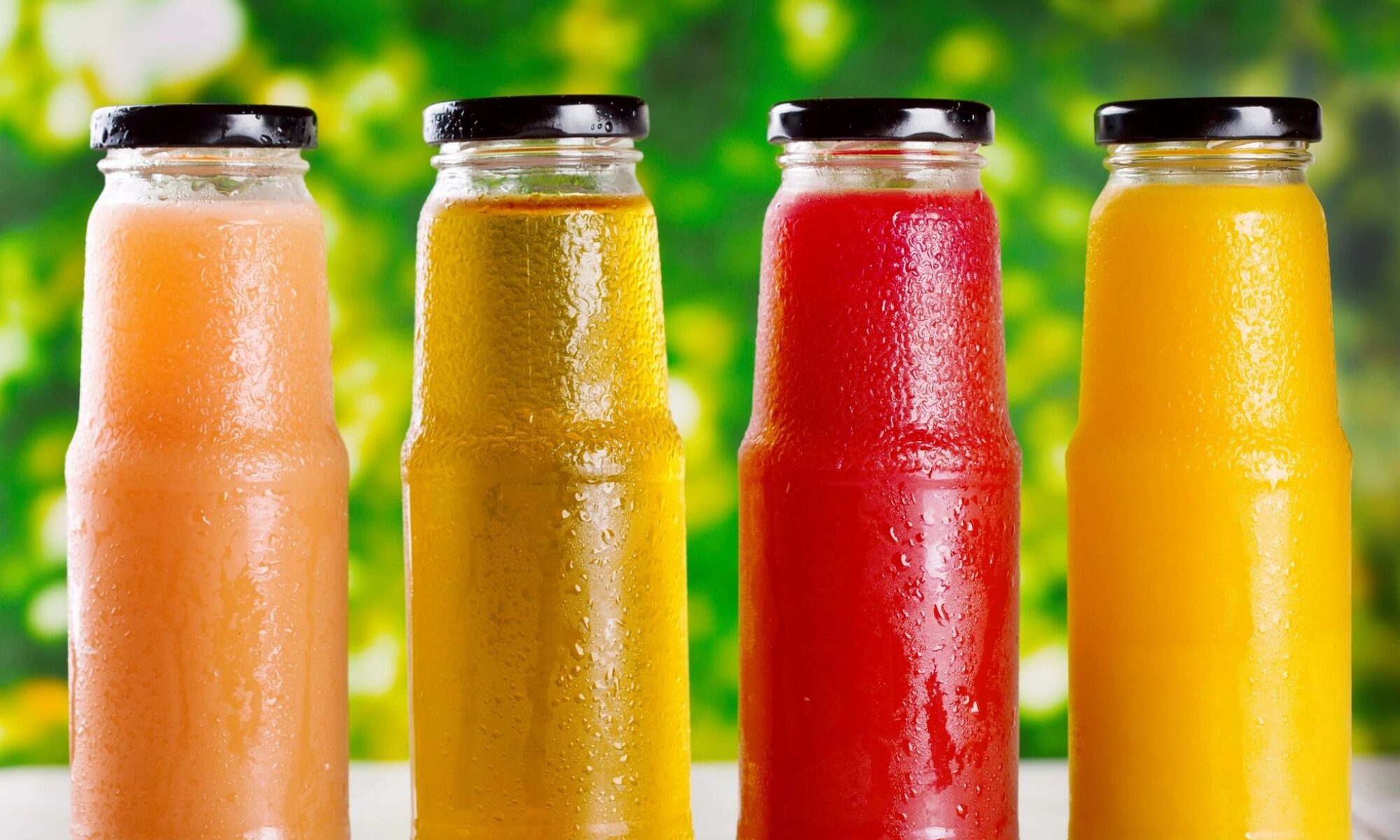Beverage Business Marketing
An influential voice has the power to get people to listen, change their opinion and impact their decision. Therefore, influential people can resonate with their audience to benefit brands in any industry, even the beverage business.
And as one of the latest trends in marketing, beverage companies can use influencer promotion to raise awareness, increase engagement and get more people to drink their product. Here are five ways to maximize the effects of influencer marketing on your beverage business.
-
Find the Perfect Influencer
When it comes to connecting with a target audience, companies first need to determine a few things, like size, the sphere of influence, and personality before finding the right person for the job.
Micro-influencers have a following between 10,000 and 100,000 followers. It might seem like a small target, but their followers tend to be a tight-knit and loyal community which affect engagement. Micro-influencers are also easier to connect with and are cheaper or even free. And if they’re young, it also means the company is building for the future. In part, that’s why micro-influencers are considered the marketing force of the future.
Macro-influencers have almost celebrity status with several hundreds of thousands or even millions of followers. While their fans might not all be devout, these influencers still have an astounding reach, and their endorsement can have a tremendous impact on brand awareness. However, they are difficult to get a hold of or require substantial contract fees or incentives to promote a company.
It is also crucial that companies research potential influencers to see what kind of content they promote. For beverage companies, this means targeting influential people from the food and beverage industry or people who tend to use those products and publicly review them.
Food and drink bloggers and professional cooks might be the perfect angle to get products promoted through review. Service companies also follow these influencers, which is an excellent way of reaching potential retail partners. As for user-influencers, targeting local social media celebrities is helpful for B2C beverage companies looking to sell more products directly to the consumer.
Finally, once a company selects a shortlist of candidates, it is essential for them to initiate and establish contact with them. Influencer marketing is big business, and it is crucial to determine the price to see if it is a financially viable option.
-
Target Multiple Channels
Customers respond best to visual advertising when choosing what beverages to buy. Research shows how television food ads have a substantial effect on individual choice, especially in situations when other tasks occupy them. Translated into the digital world, it means there is a definite potential for influencer marketing on visual social media channels, like Instagram for images, YouTube for videos, and Facebook for both.
What companies fail to realize is that these are not the only channels. To truly maximize the impact of influencer marketing, companies need to expand their search and target multiple channels during a campaign. It might open them up to new consumers, or help them find their ideal target audience.
As mentioned, food and drink blogs are a great way to receive the endorsement and promote beverages to potential retailers and service providers. Influencer sponsorship is another way to maximize promotion, whereby a company can sponsor specific segments on favorite online events. It works exceptionally well when targeting smaller audiences engaged with podcasts or webinars.
Trying out different mediums at different points in the campaign in combination with customer surveys can maximize influencer marketing as it shows where a company can have the most significant impact. Plus, companies can learn from major brands in their industry, like Coca-Cola, and use some of the ideas on own their campaign.
-
Set Clear Goals and Track Them Through the Campaign
Before initiating an influencer campaign, a company needs to determine what it wants to achieve. It can be anything from increasing brand awareness to increasing engagement, or even conversion and sales. A company needs to complete a marketing audit to determine the current situation and decide what aspect of a business to improve.
These goals must be presented to the influencer, and a precise schedule and timeline must be determined. Also, a system of reporting must be included so the impact of the campaign can be monitored and improved if necessary. If targeting prospects through social media, companies should stay away from vanity metrics, and instead, focus on key performance indicators. Only like this can a business determine the success of the campaign and its financial viability.
-
Building a Relationship with the Influencer
Efficient company culture always centers around people. It’s what makes businesses appear more human. Translate this into influencer marketing, and it’s the role of the company to establish a good connection with their influencers, so they accept company culture and become fans of the brand.
Building a relationship with the influencer makes their work more meaningful, and this resonates with their audience. Regularly rewarding the work, sending free drink supplies or surprising them at their events with branded gifts will create a special bond and make their work more successful.
-
Create Content that Stands Out
One of the primary goals of influencer marketing is to direct potential leads and customers to the company social media and website, or even the page of its best selling product. As the visitors arrive at this location, they need to see the quality of content and recognize its value otherwise they will feel deceived, both by the influencer and the company.
For beverage companies, it could mean having branded content that is both educational and entertaining. Educational, since this type of material, is aimed at industry professionals looking to partner up. But there also needs to be compelling content in the spirit of the brand message or the different drinks, which can drive sales directly through engagement.
Creating regular high-quality content also helps the influencer select the best material to promote on his channels. At the same time, it also allows the company to remain independent and not rely entirely on the influencer and one marketing strategy.
Accept Innovation
Keeping up with the latest innovation trends in soft drinks also means accepting innovation when it comes to marketing. It means staying on top of the latest industry insights, to realize the potential and help the business grow. And creating a company that’s a leading influence in the industry.










